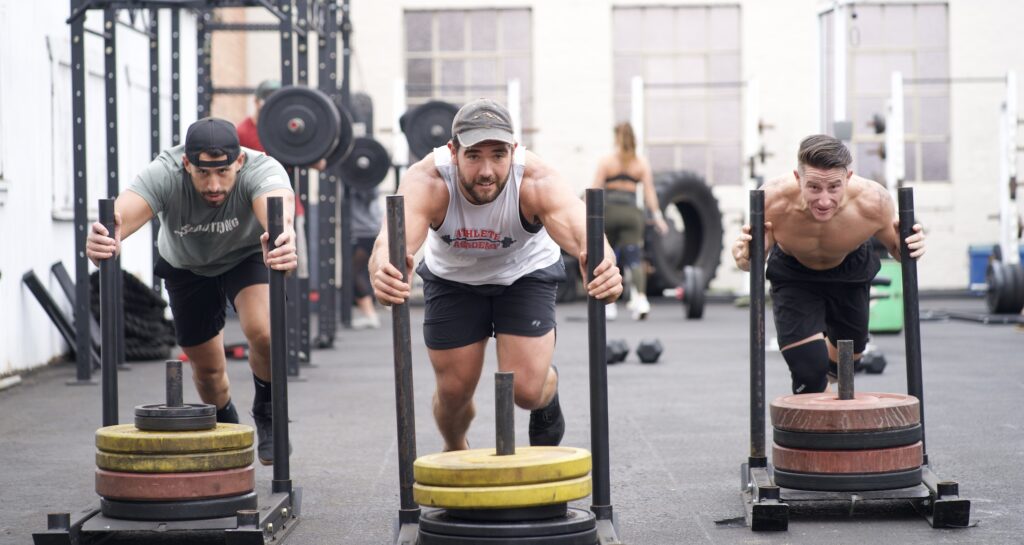
Welcome to our in-depth guide on how to effectively train for strength and speed in the same session. Whether you’re an athlete looking to enhance your performance or a coach aiming to optimize your training programs, this comprehensive guide will provide you with the insights and strategies you need. We’ll cover the importance of combining strength and speed training, common mistakes to avoid, the key differences between acceleration and top speed, and a detailed workout plan designed to maximize your gains.
Why Train for Strength and Speed Together?
Combining strength and speed training in the same session offers several benefits:
Efficient Use of Training Time
By integrating both components into a single session, you can make the most of your limited training time. It’s like hitting two birds with one stone – no more splitting your focus. Instead, you’ll be maximizing every minute you spend training for strength and speed.
Enhanced Athletic Performance
Training for strength and speed simultaneously can lead to significant performance improvements. Think of it as building the perfect athlete – powerful, explosive, and fast. That’s the edge you want over your competition.
Better Translation of Strength to Speed
By training for strength and speed together, you can ensure that gains in strength translate effectively into speed improvements. This approach helps in creating a well-rounded athlete who can perform optimally in various aspects of their sport.
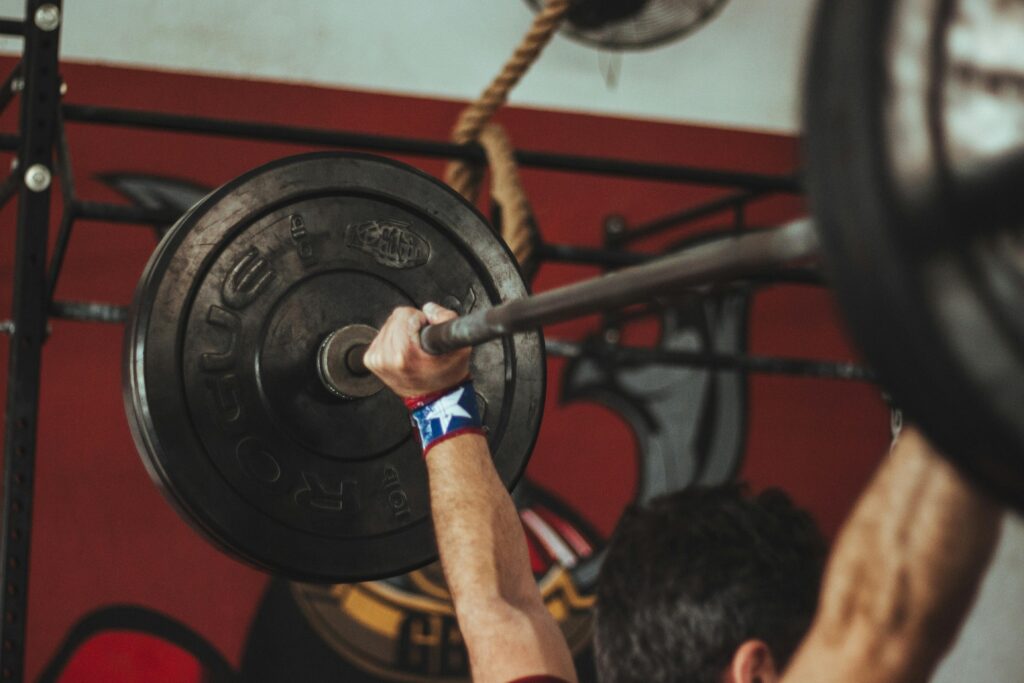
Biggest Mistakes People Make
Training for strength and speed in the same session can be highly effective, but it’s easy to make mistakes that can hinder your progress. Here are the most common pitfalls:
Incorrect Exercise Order
Always start with speed and power exercises when your nervous system is fresh, followed by strength exercises. I’ve seen many athletes, myself included, make the mistake of starting with heavy lifts. By the time you get to speed work, your muscles are too fatigued to perform optimally.
Insufficient Recovery
Speed and power exercises are taxing on the central nervous system (CNS), so it’s crucial to allow full recovery between sets and sessions. I learned this the hard way after pushing too hard and ending up with diminished returns and increased fatigue.
Mismanagement of Training Volume
Overloading your sessions can lead to overtraining and diminished returns. Balance intensity and volume carefully. It’s tempting to think more is better, but in reality, smart and structured training for strength and speed beats sheer volume.
Understanding Acceleration vs. Top Speed
To effectively train for strength and speed, it’s important to understand their differences:
Acceleration
- Characteristics: Initial phase of sprinting where you’re overcoming inertia and building speed.
- Biomechanics: Body inclined forward, longer ground contact times, emphasis on horizontal force production.
- Physiological Demands: High lower body strength and power, significant recruitment of Type II muscle fibers, reliance on the ATP-PC energy system.
Top Speed
- Characteristics: Maintaining maximal velocity once you’ve built up speed.
- Biomechanics: Upright posture, shorter ground contact times, emphasis on vertical force production.
- Physiological Demands: Efficient neuromuscular coordination, rapid leg turnover, utilization of elastic energy through the stretch-shortening cycle.
The differences in physiological demands between acceleration and top-speed training should be taken into account with your strength training session. I prefer to focus on acceleration prior to strength training as the demands on the body and what we are trying to develop with our strength training are similar to acceleration and strength & power training in the gym.

Negative Effects of Training Strength Before Speed
Training strength before speed can impair sprint performance for several reasons:
Neuromuscular Fatigue
Strength training taxes the neuromuscular system, reducing your ability to generate rapid and coordinated muscle contractions necessary for sprinting.
Metabolic Fatigue
It depletes muscle glycogen stores and produces metabolic byproducts, which reduces energy availability for high-intensity efforts.
Muscle Damage and Soreness
Heavy strength training causes micro-trauma to muscles, leading to soreness and decreased muscle function.
Impact on Sprint Performance
- Reduced Explosiveness: Fatigued muscles can’t generate the same level of explosive force.
- Decreased Coordination: Fatigue disrupts neuromuscular coordination, leading to inefficient movements.
- Lower Energy Availability: Depleted glycogen stores reduce the capacity for high-intensity efforts.
- Increased Perceived Exertion: Fatigue increases the perceived effort, leading to slower sprints.
Why Speed Should Come First
Fresh Neuromuscular System
Performing speed and power exercises first ensures that the neuromuscular system is fresh, maximizing the quality and effectiveness of these movements.
Optimal Energy Utilization
Speed training relies on the immediate availability of phosphocreatine for quick energy release. Starting with speed exercises ensures that this energy system is fully available and not depleted by prior strength training.
Proper Technique and Coordination
Sprinting at top speed or performing explosive movements requires precise technique and coordination. Fatigue from strength exercises can lead to poor technique, increasing the risk of injury and reducing training effectiveness.
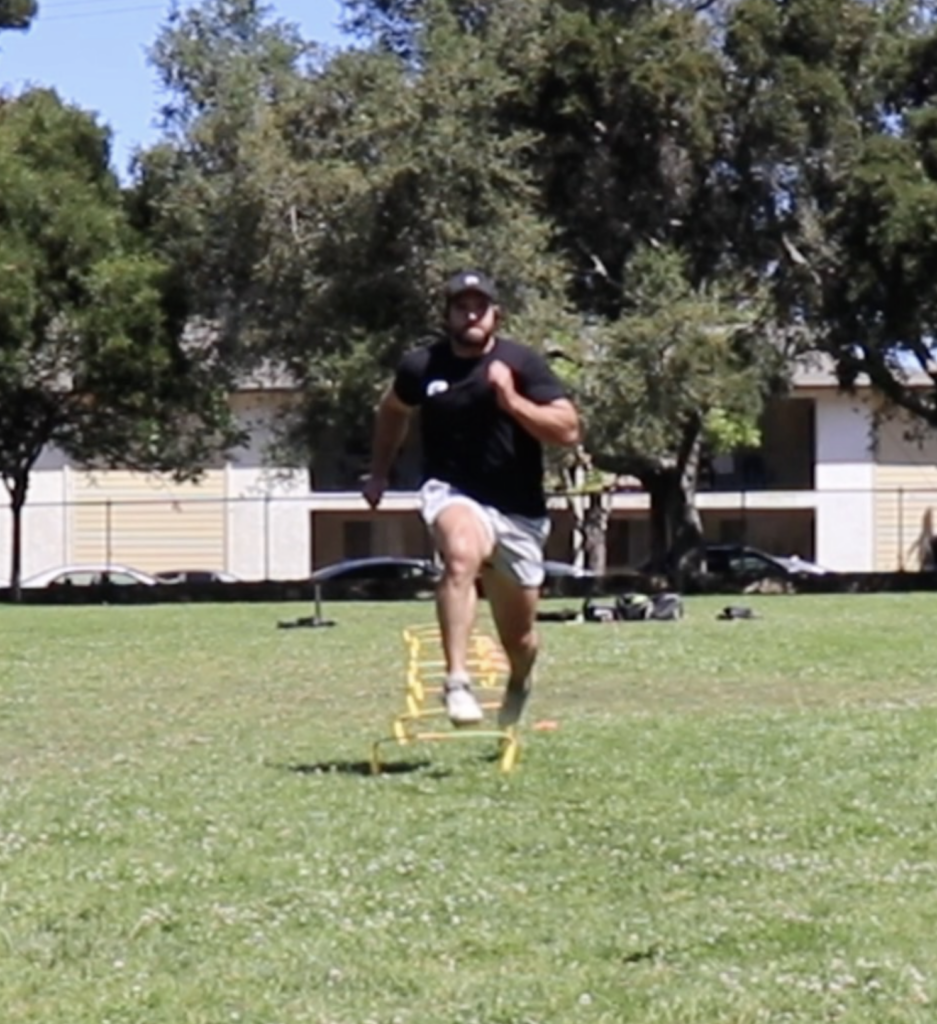
Sample Strength and Speed Workout
Here’s a detailed workout plan designed to effectively train for strength and speed in the same session:
Warm-Up (10-15 minutes)
Dynamic Stretching:
- Perfect stretch
- Lateral Lunge
- Walking RDL
- Walking Quad
- Ankle Walks
- Power Skips
- A-Skip
- Tripple Switch
- High Knee Carioca
Activation Exercises:
- Glute bridges
- Band walks
Top Speed (15 minutes)
- Wickets Stride Control 3 reps
- Full Wickets 3 reps
- Fly 30’s 3 reps
Acceleration Drills (15 minutes)
- 3,5,7 Cone Start 2 reps for each
- 5 rounds
- 1A. Sled Sprint 20yrds
- 2A. 20yrds Sprints
Agility Drills (10 minutes)
- Arrow Drill 2-3 reps of each
Strength Training (40-50 minutes)
Compound Movements:
- 3-5 rounds
- 1A. High Box Squat x3
- 2A. Rocker Box Jump x3-5
- 3-4 rounds
- 1B. Incline Alt DB Press x6-8
- 2B. Chest Supported Row x6-8
- 3 Sets GHD “Nordics: x8
- 3 Sets Plank Saw x10
Conclusion
Training for strength and speed in the same session can significantly enhance your athletic performance if done correctly. Remember to start with speed and power exercises when your neuromuscular system is fresh, ensure adequate recovery, and manage your training volume carefully. By following the provided workout plan, you can effectively target the specific muscles and physiological traits needed for both acceleration and top speed.
Stay consistent, pay attention to your body’s signals, and enjoy the gains in both strength and speed! Thank you for reading! If you found this guide helpful, be sure to share it with fellow athletes and coaches. For more training tips and workouts, subscribe to our blog and follow us on social media.
Stay strong, stay fast, and keep pushing your limits!
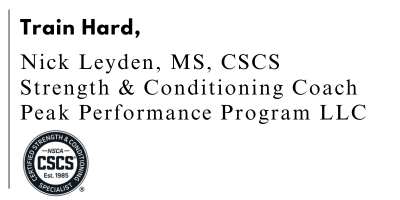
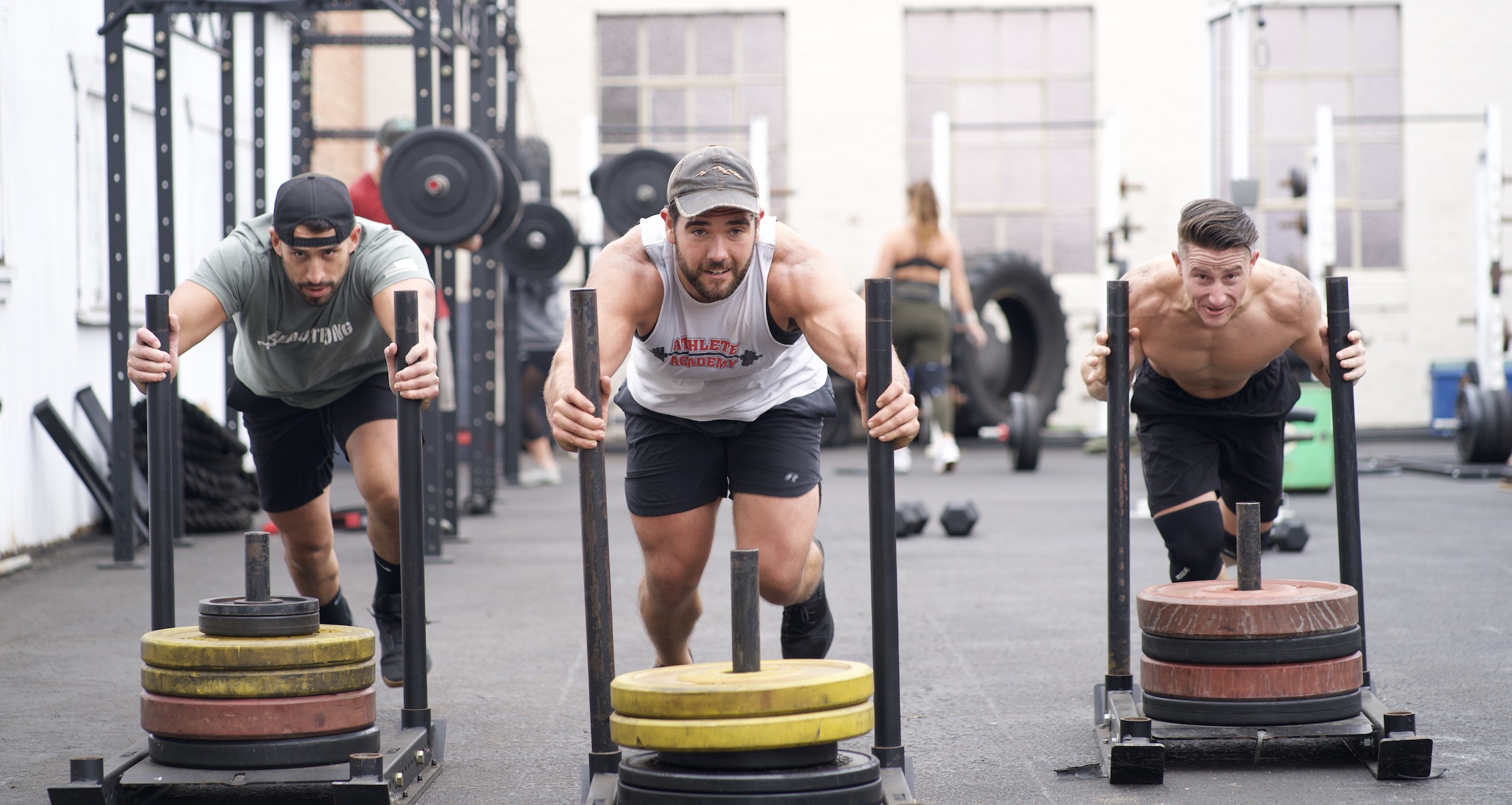
Leave a Reply